20 Bizarre Animals Straight Out of a Sci-Fi Movie
The world is home to some truly bizarre animals that seem as though they belong in a science fiction movie. From creatures with extraordinary abilities to those that look like they came from another planet, nature never ceases to amaze. Some animals, like the axolotl, can regenerate entire limbs, while others, such as the dumbo octopus, appear to have stepped right out of a fantasy world. These unique beings challenge our understanding of biology and push the limits of what we thought was possible in the natural world.
This post may contain affiliate links, which helps keep this content free. Please read our disclosure for more info.
Axolotl
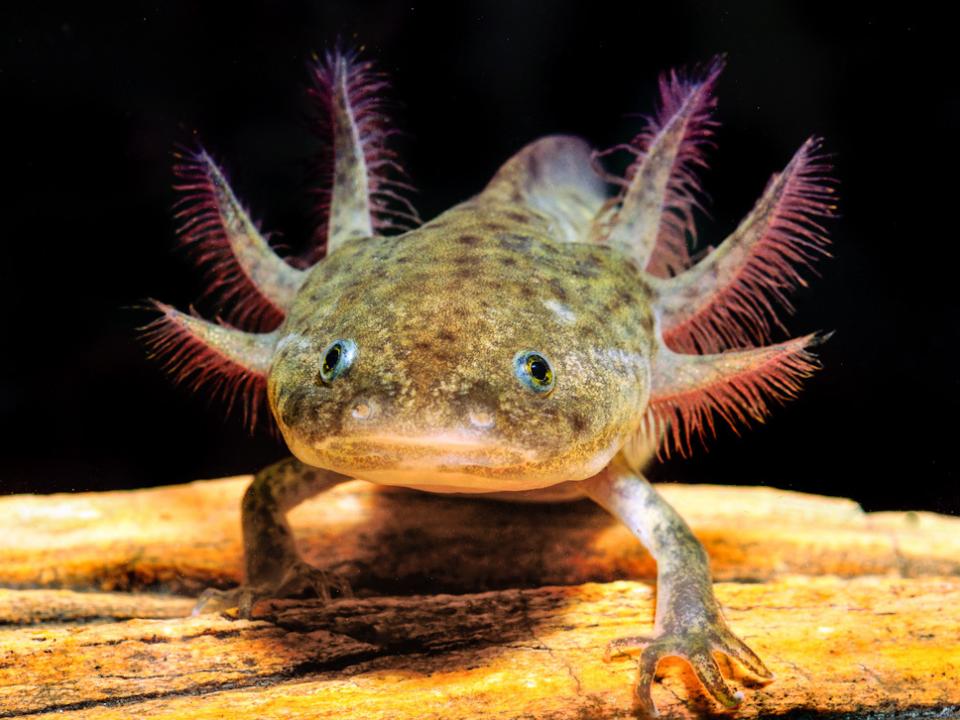
The axolotl is a unique salamander species native to lakes near Mexico City. What sets it apart from other amphibians is its ability to regenerate limbs, spinal cord, heart, and even parts of its brain. This remarkable regeneration has made the axolotl a subject of scientific research, with scientists hoping to unlock the secrets of tissue regeneration for humans.
In addition to its regenerative abilities, the axolotl never undergoes metamorphosis, meaning it remains aquatic and gilled throughout its life. Unlike many other amphibians that transform from larvae into adults, the axolotl maintains a juvenile appearance, which is why it is often referred to as the “Mexican walking fish.”
Dumbo Octopus
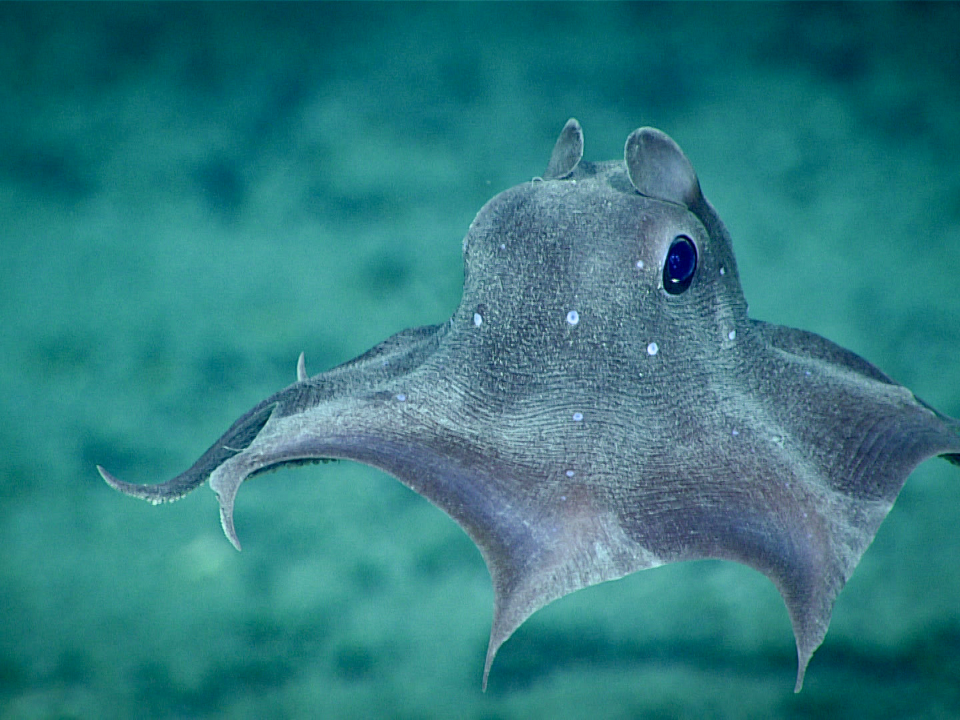
The dumbo octopus, named after Disney’s flying elephant, has an incredibly unique appearance. With its wide, ear-like fins that protrude from its body, this deep-sea creature resembles a cartoon character rather than a real animal. It is one of the deepest living species of octopus, found at depths of up to 7,000 feet.
Despite its whimsical appearance, the dumbo octopus is a highly efficient predator. It uses its soft, gelatinous body to hover through the water, capturing prey with its tentacles. Its ability to thrive in such extreme depths without solid bones makes it a true marvel of adaptation.
Komodo Dragon
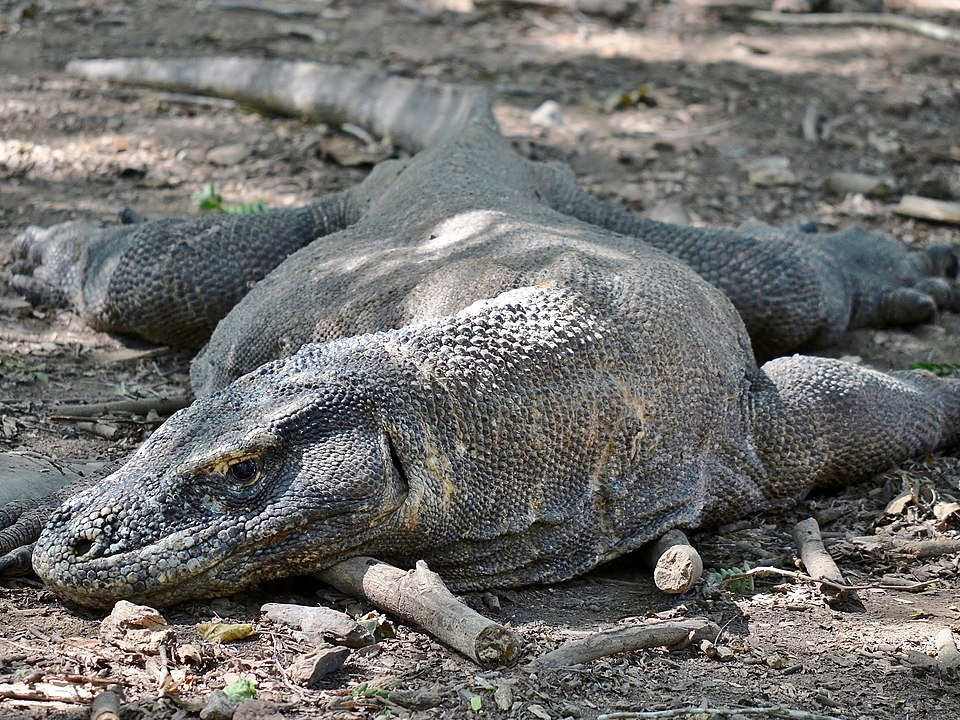
The Komodo dragon is the largest living species of lizard and can be found on a few Indonesian islands. This creature can grow over 10 feet long and weigh more than 150 pounds. Known for its powerful bite, the Komodo dragon has venomous glands that release toxins into its prey, causing shock and slowing the animal down.
Komodo dragons are also skilled hunters, often ambushing their prey or stalking them for long periods. Their large size and fearsome reputation make them seem almost like a dinosaur, giving them an otherworldly aura that fits perfectly in any sci-fi story.
Tardigrade
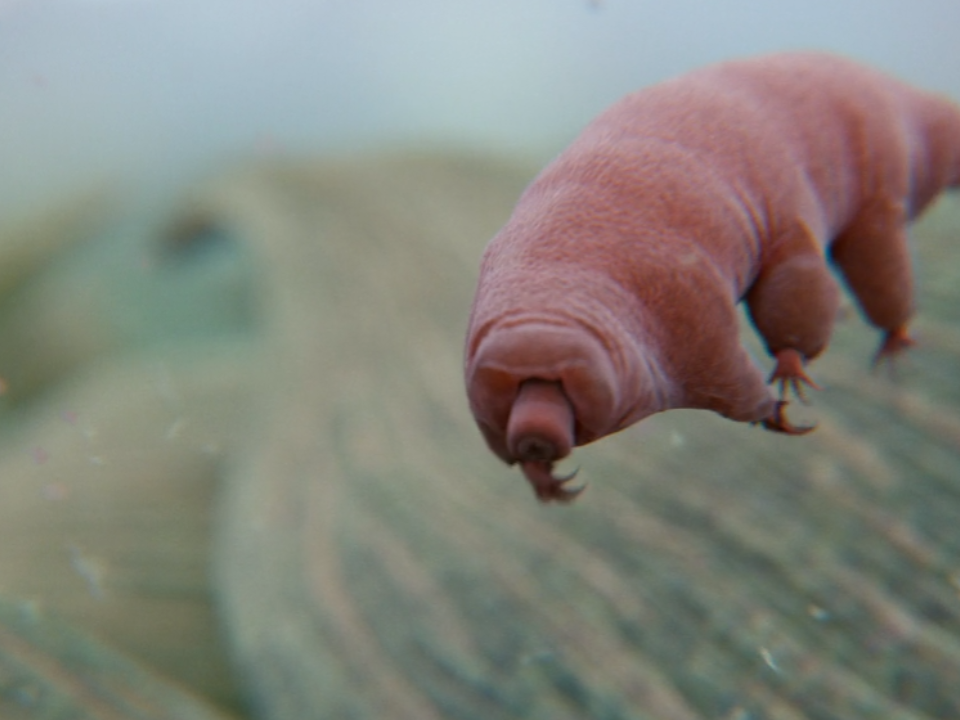
Tardigrades, also known as water bears, are microscopic creatures that have been around for over 500 million years. These creatures are almost indestructible, capable of surviving extreme conditions such as boiling temperatures, radiation, and even the vacuum of space. Their resilience is due to their ability to enter a state called cryptobiosis, where they effectively shut down their metabolism and wait for more favorable conditions.
Given their ability to endure conditions that would kill most other organisms, tardigrades could easily be part of a science fiction narrative. Imagine a race of these creatures living in outer space, able to survive on distant planets or in alien atmospheres.
Naked Mole Rat
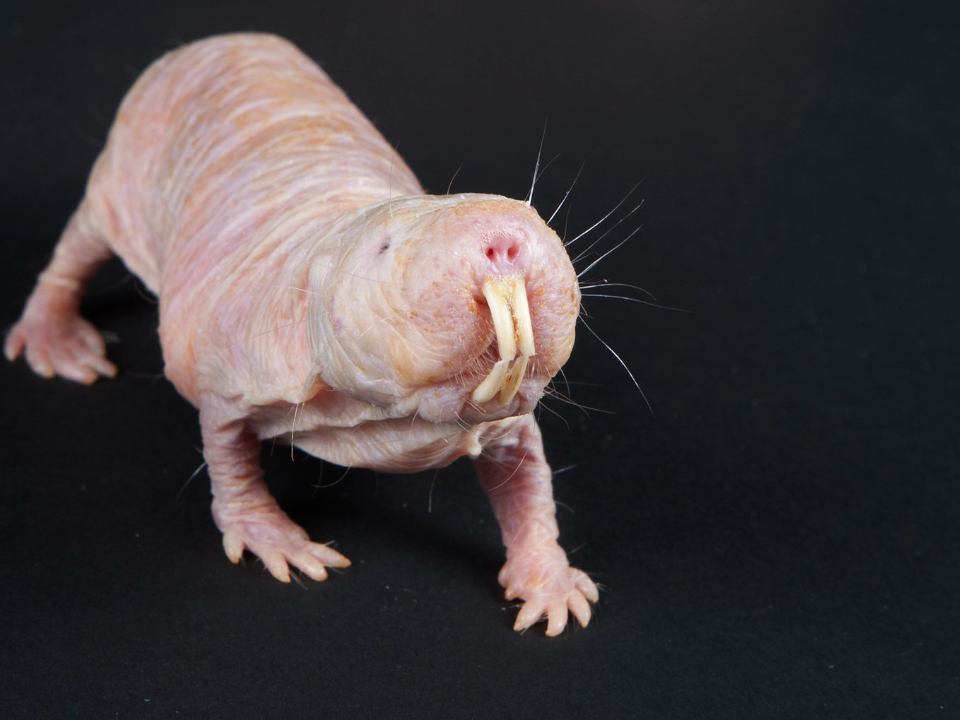
The naked mole rat is a strange creature that lives underground in large colonies, resembling something straight out of a sci-fi film. Completely hairless and with wrinkled, pink skin, this rodent is known for its incredible resistance to cancer and its ability to live in low-oxygen environments. It is the only mammal that lives in eusocial colonies, where one queen controls reproduction, similar to the way ants or bees operate.
Despite their unappealing appearance, naked mole rats have fascinating qualities, including their ability to regenerate damaged tissues. Their unique social structure and survival abilities make them an intriguing subject for science fiction narratives about survival in extreme environments.
Platypus
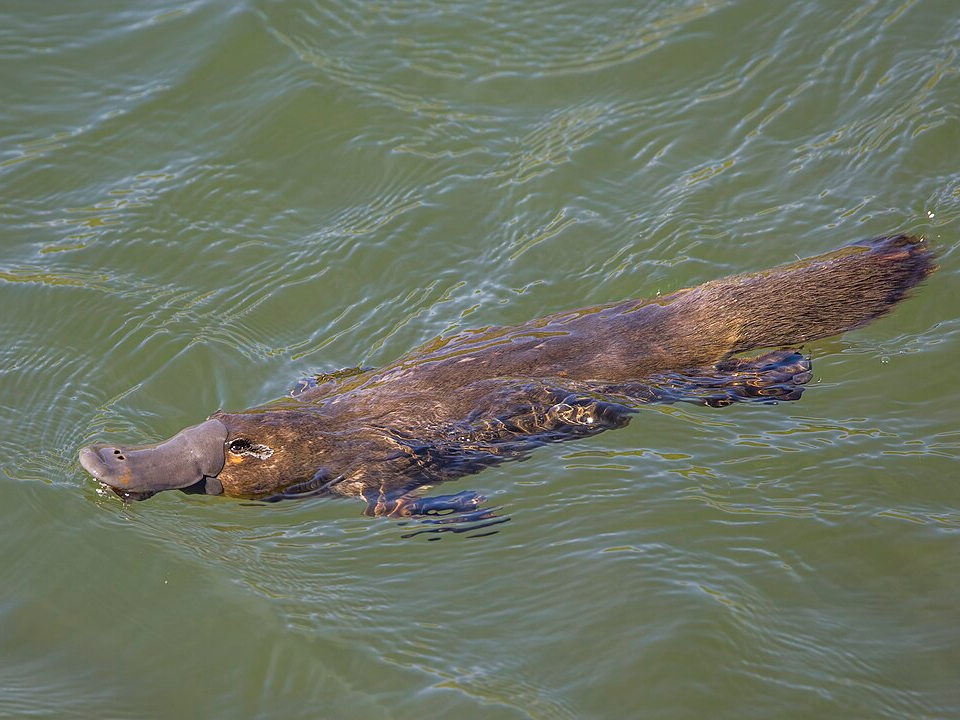
The platypus is one of the few mammals that lay eggs, and its appearance is as strange as its reproductive method. With a bill resembling that of a duck, webbed feet like an otter, and a beaver-like tail, the platypus looks like a mismatched creature designed in a lab. Native to Australia, this animal is also one of the few mammals that produce venom.
The platypus’ combination of reptilian, avian, and mammalian features makes it seem as though it belongs in a science fiction universe. It’s a reminder of the many peculiar animals that exist on Earth, and its strange abilities, like electroreception to detect prey, further add to its otherworldly nature.
Goblin Shark
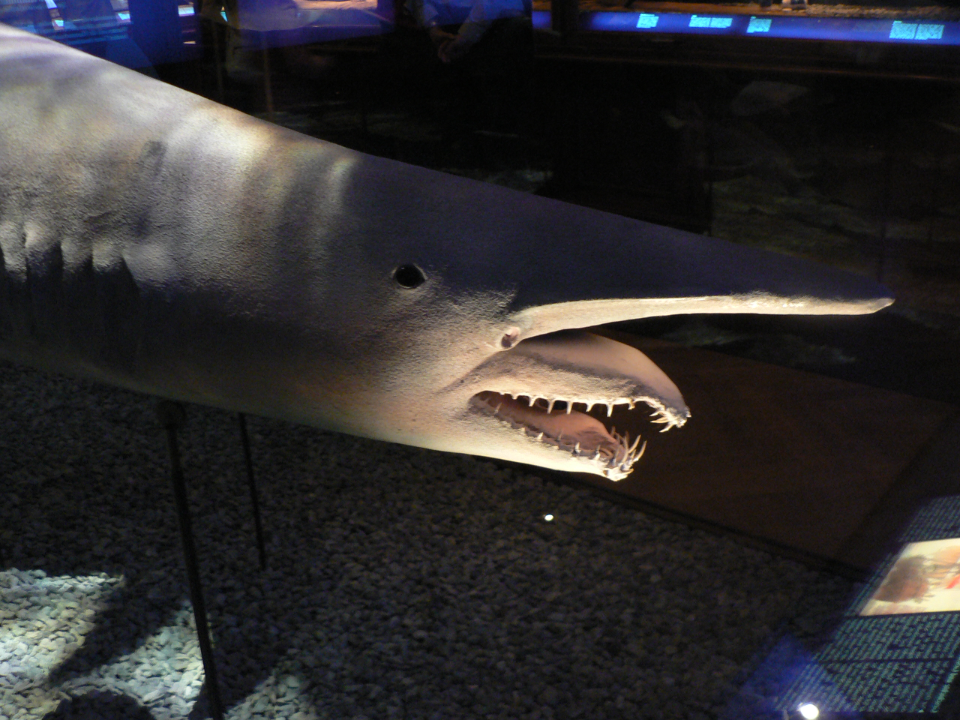
The goblin shark, often referred to as a “living fossil,” is a deep-sea shark species that has been around for millions of years. With a long, flat snout and an eerie, almost alien appearance, the goblin shark looks like it’s straight out of a horror movie. Its jaws can extend outward to catch prey, a unique adaptation for hunting in the dark depths of the ocean.
This shark’s bizarre features, including its translucent skin and spiny fins, contribute to its resemblance to a creature from a sci-fi world. The goblin shark’s ability to live in the deep sea and its unusual hunting style make it a perfect candidate for a science fiction narrative.
Okapi
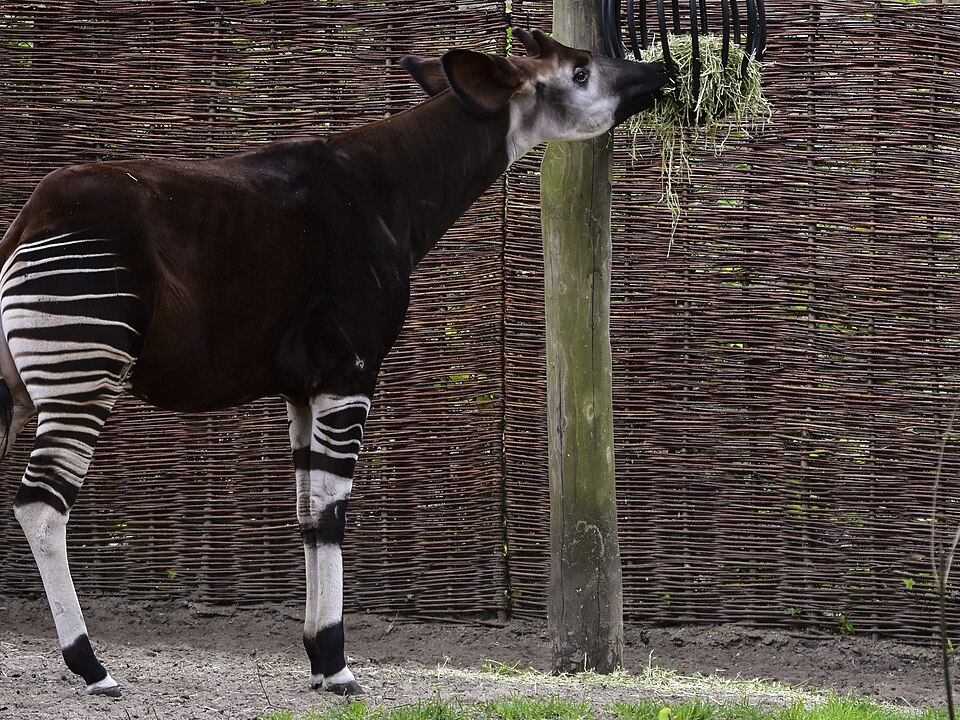
The okapi is a close relative of the giraffe but looks like a combination of a zebra and a deer. With its long neck, dark brown body, and striped legs, the okapi has the appearance of an animal that could exist in a fantasy world. Found only in the dense rainforests of the Congo in Central Africa, this elusive creature was unknown to the western world until the early 20th century.
The okapi’s secretive nature, combined with its strange appearance, gives it a mythical quality. Despite its somewhat unassuming lifestyle, it remains one of the most mysterious and little-understood creatures on Earth, making it ideal for science fiction stories set in unexplored jungles or lost worlds.
Bioluminescent Bay Jellyfish
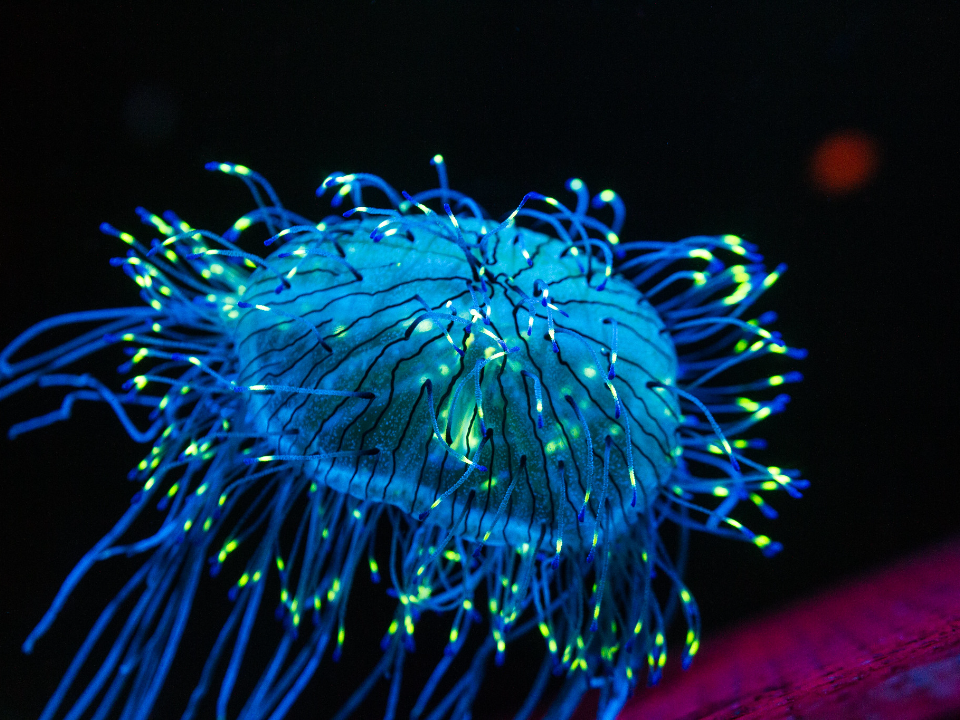
The bioluminescent bay jellyfish is a mesmerizing creature that emits an ethereal glow in the dark. Found in Puerto Rico’s Mosquito Bay, these jellyfish possess the ability to light up their environment with their glowing bodies, which create an otherworldly scene at night. This natural form of bioluminescence is a survival mechanism used to ward off predators.
In a science fiction setting, these glowing jellyfish could be imagined as inhabitants of an alien ocean or as beings that use their light to communicate or attract prey. Their dazzling glow and otherworldly qualities make them feel like something beyond our Earthly realms.
Surinam Toad
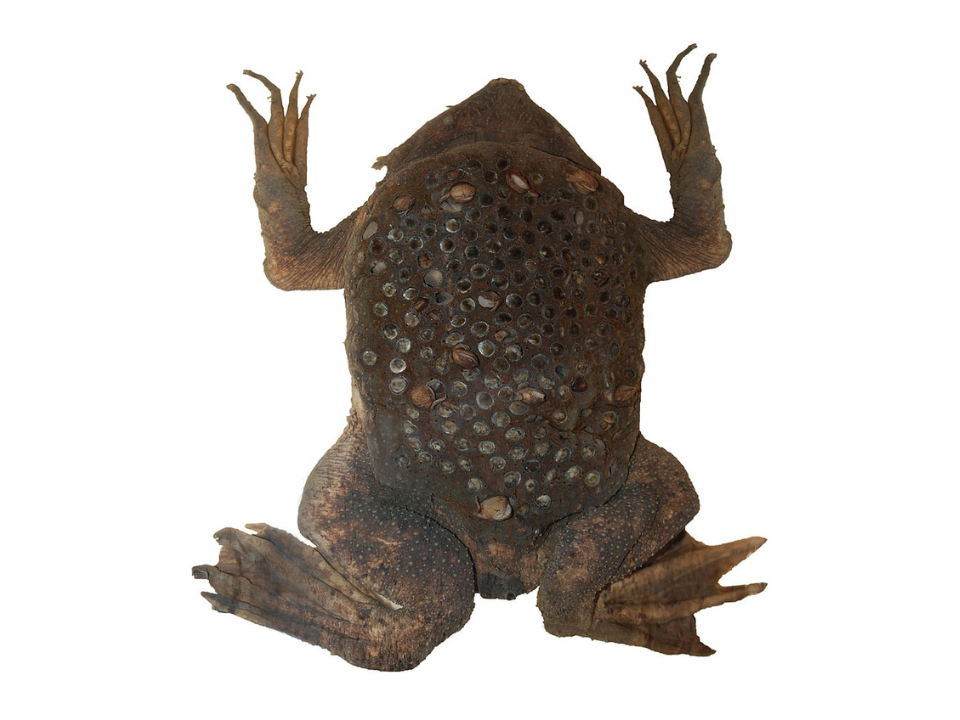
The Surinam toad, also known as the Pipa pipa, is a bizarre amphibian with a flat, wide body and strange, rough skin. Native to the rainforests of South America, this toad has a unique way of carrying its young. Female Surinam toads carry fertilized eggs on their backs, where they hatch and develop into tadpoles before eventually emerging as fully formed toads.
Its unusual appearance and reproductive habits give the Surinam toad an almost alien quality. This creature’s unusual parenting method could easily be incorporated into a sci-fi story involving alien creatures or ecosystems with similarly odd life cycles.
Pangolin
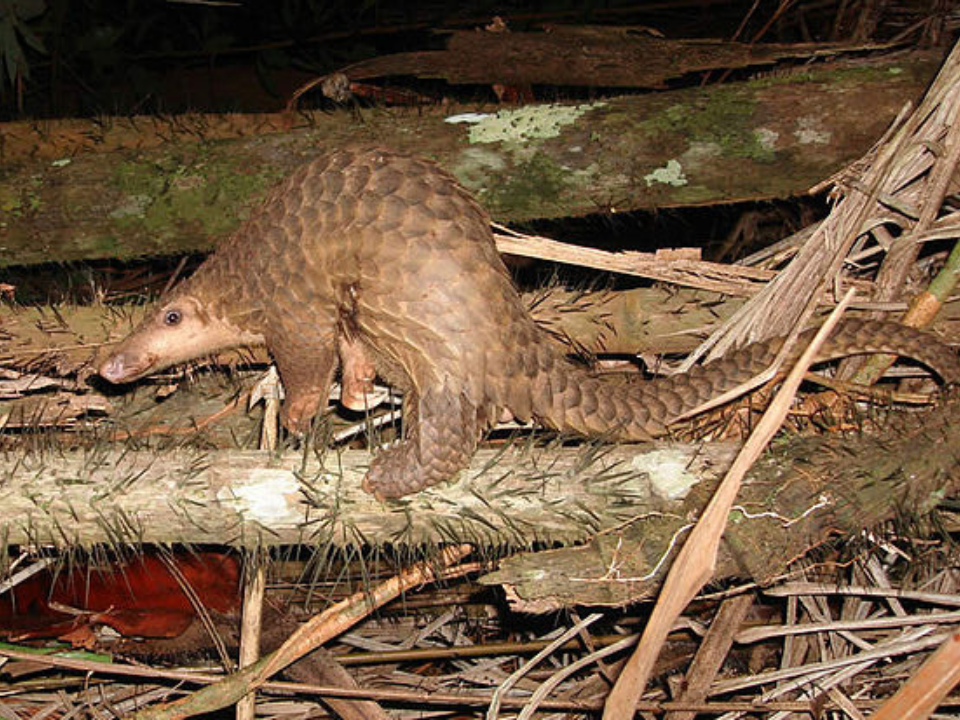
The pangolin is a scaly mammal known for its protective armor of keratin plates. When threatened, it rolls into a ball to protect itself from predators, much like an armored tank. Pangolins are found in Africa and Asia and are unique in that they are the only mammals wholly covered in scales.
Its armor-like appearance and defensive capabilities make the pangolin resemble an extraterrestrial creature, offering endless possibilities for science fiction tales of evolution or extraterrestrial life forms with similarly armored features.
Aye-Aye
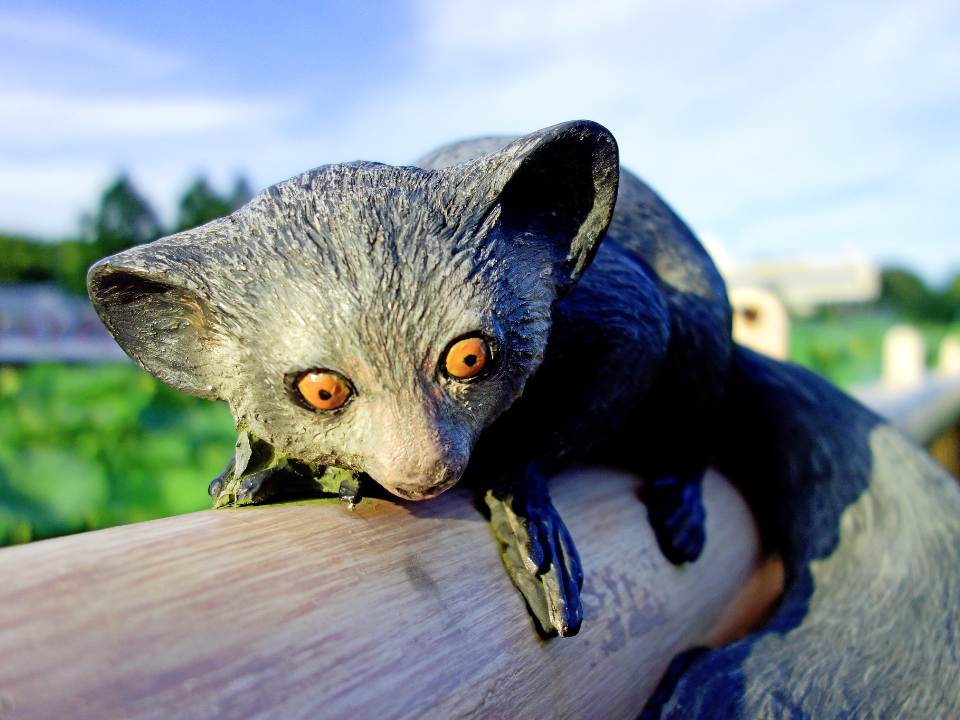
The aye-aye is a rare lemur species native to Madagascar. It is known for its unsettling appearance, with large eyes and a long, skeletal middle finger used for extracting insects from tree bark. The aye-aye’s nocturnal behavior, coupled with its peculiar feeding method, gives it a mysterious aura, often linking it to myths and superstitions.
This primate’s unsettling appearance and strange feeding behavior make it an ideal creature for a science fiction film where it could be portrayed as a creature with unique abilities. Its eerie look and mysterious ways give it an almost supernatural presence in the natural world.
Red-Lipped Batfish
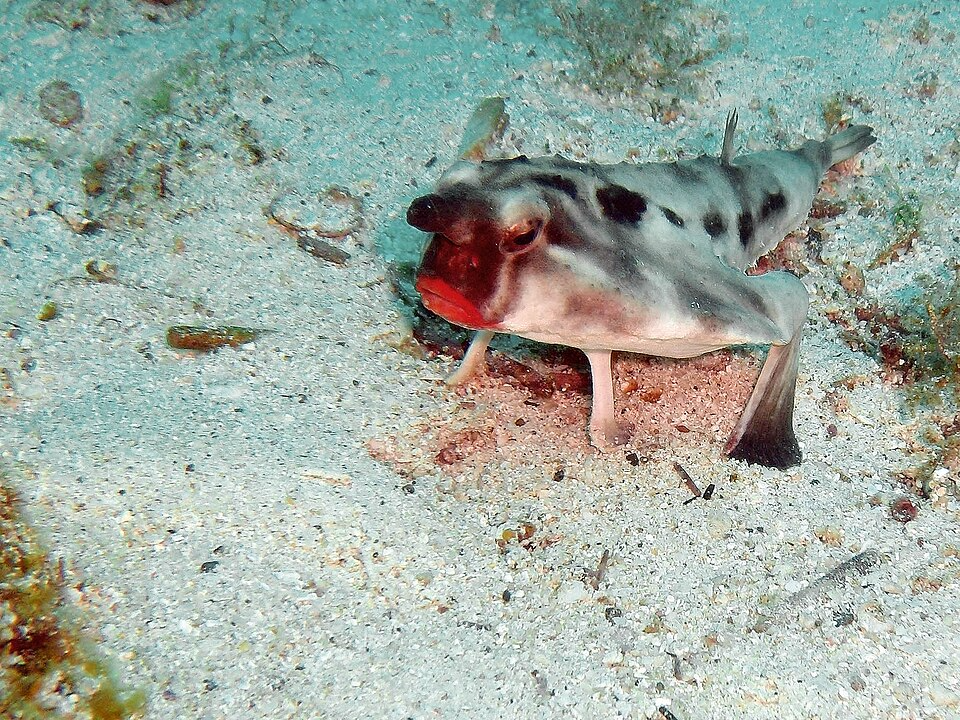
The red-lipped batfish, found off the coast of the Galapagos Islands, has an unmistakable appearance with its large, red lips and ability to “walk” on the ocean floor. Unlike most fish, it uses its pectoral fins to drag itself across the seafloor in search of food. Its strange appearance and behavior make it seem more like a creature from an alien planet.
In a sci-fi narrative, the red-lipped batfish could be imagined as an alien species that uses similar adaptations to survive in different terrains. Its ability to “walk” instead of swim gives it a peculiar, unearthly quality that would fit perfectly in any science fiction world.
Mantis Shrimp
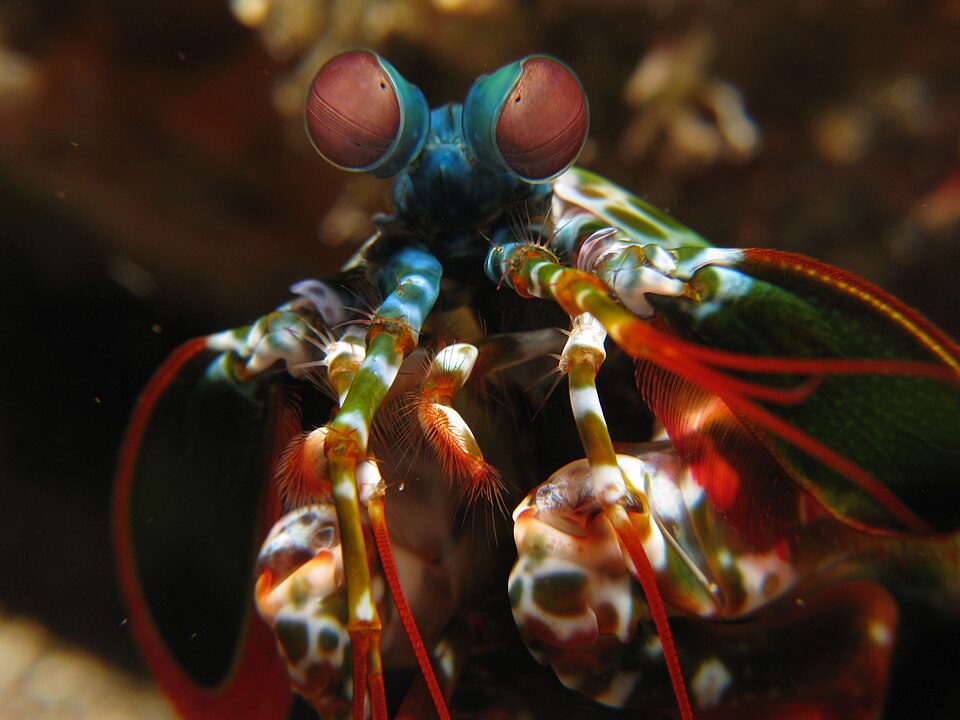
Mantis shrimps are small, colorful marine creatures with an incredible ability to punch at speeds of over 50 miles per hour. Their specialized claws can strike with such force that they create bubbles that reach temperatures hotter than the sun’s surface. In addition, their vision is far superior to humans, with the ability to see a spectrum of colors that we cannot even comprehend.
These striking creatures would be perfect in a sci-fi movie where they could possess superhuman strength and enhanced vision, making them formidable predators. Their unique abilities and vibrant appearance make them a fantastic example of the diversity found in Earth’s marine life.
Leaf-Tailed Gecko
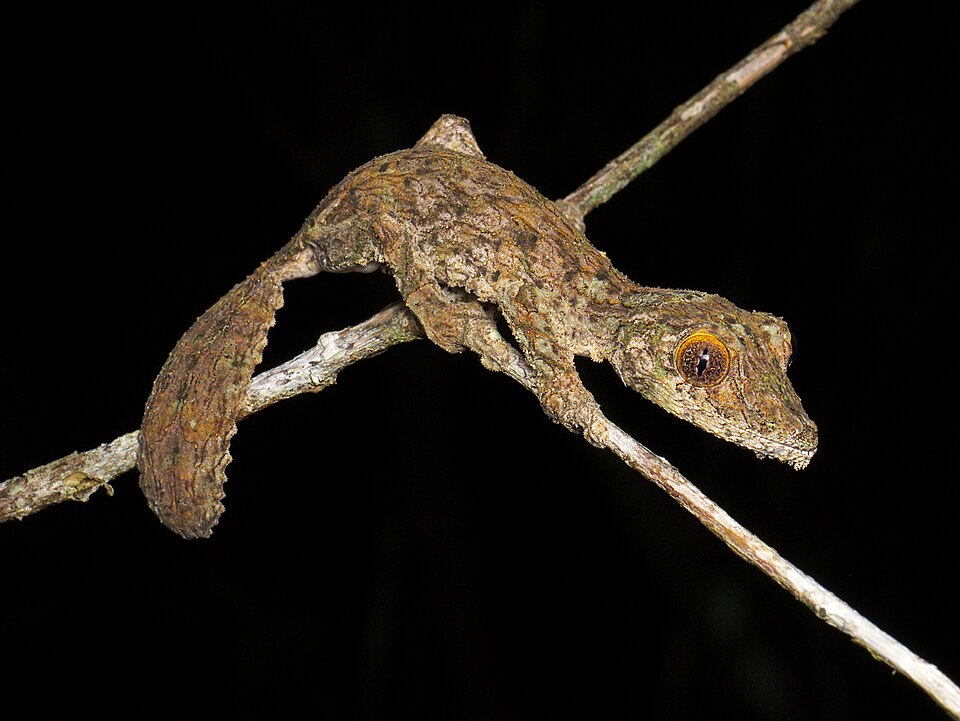
Native to Madagascar, the leaf-tailed gecko is an expert at camouflage, resembling a dead leaf or twig. Its body has evolved to blend in with its surroundings, making it nearly invisible to predators and prey alike. The gecko’s flattened body and elongated tail make it look like part of the environment, even in the most densely wooded areas.
The leaf-tailed gecko could easily fit into a science fiction world where it has evolved to survive in hostile environments or used as a scout in futuristic survival missions. Its ability to remain undetected would make it a perfect creature for stealth operations in a sci-fi setting.
Yeti Crab
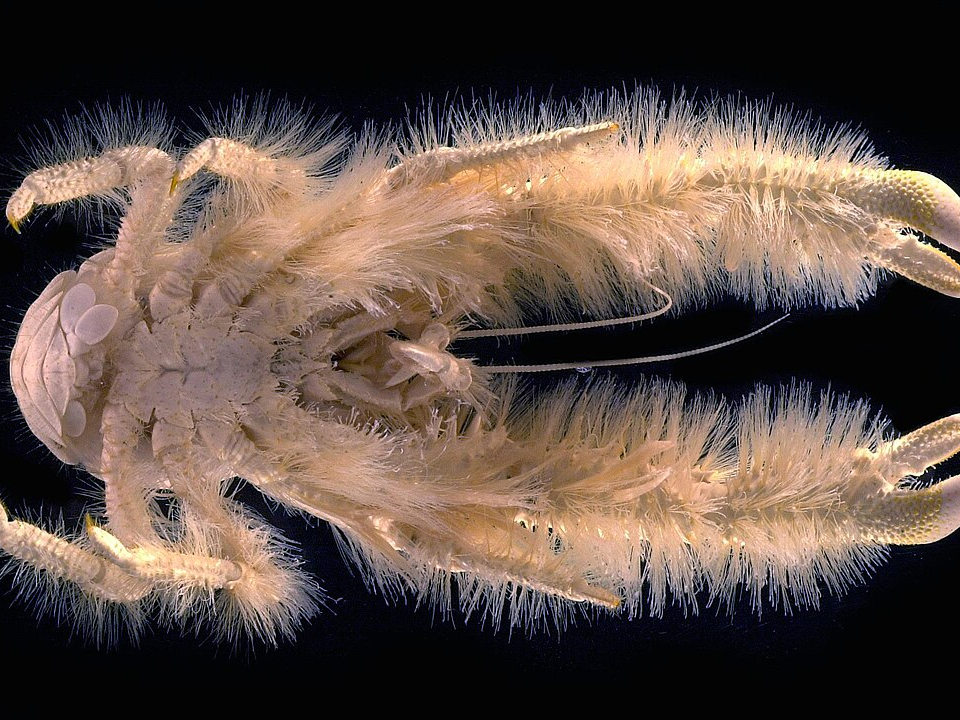
Discovered in 2005, the yeti crab is an unusual species found deep in the South Pacific Ocean. Named after the mythic creature due to its hairy claws, this crab uses its bristles to harvest bacteria that detoxify the minerals around it. The yeti crab thrives in extreme environments, living near deep-sea vents where no sunlight reaches.
With its unique appearance and extraordinary way of surviving in extreme conditions, the yeti crab could be featured in a science fiction story about creatures that thrive in inhospitable environments. Its ability to adapt to such extreme depths makes it a fascinating creature for exploration in a futuristic world.
Glass Frog
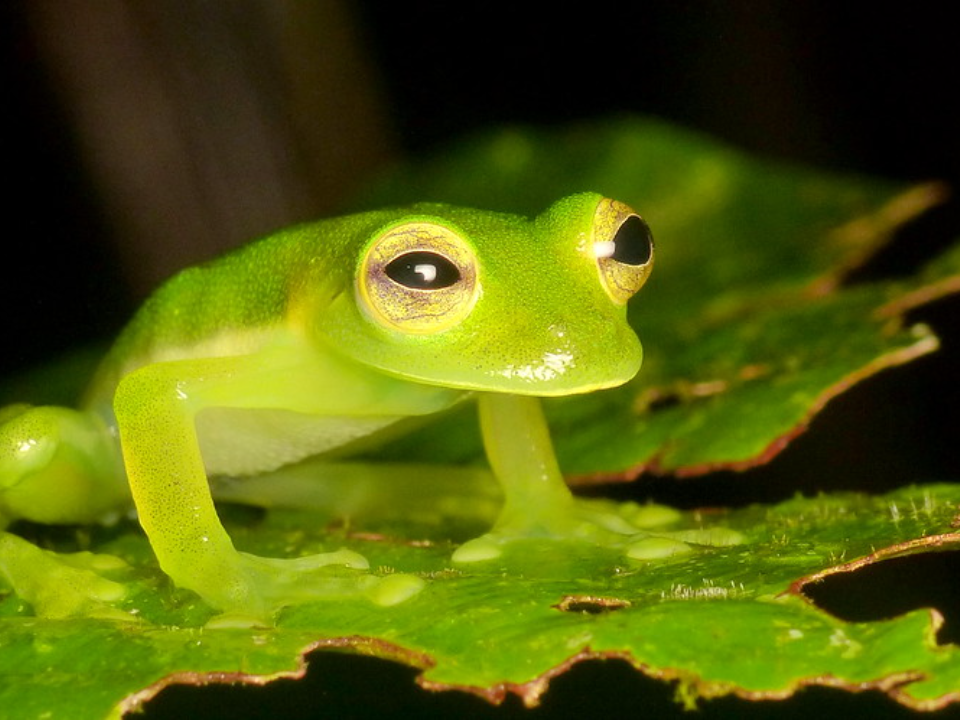
The glass frog, native to Central and South America, is known for its translucent skin, which allows you to see its internal organs. This fascinating creature is small, with a green body that blends seamlessly into the leaves it hides on, making it nearly invisible to predators. Its unique appearance has earned it the nickname “glass frog” due to the clarity of its skin.
In a sci-fi movie, the glass frog could be an alien species, its transparent nature allowing for new forms of communication or abilities that make it a formidable opponent. The sight of its organs and ability to blend into its surroundings could be used to explore the theme of invisibility or adaptation in alien environments.
Blobfish
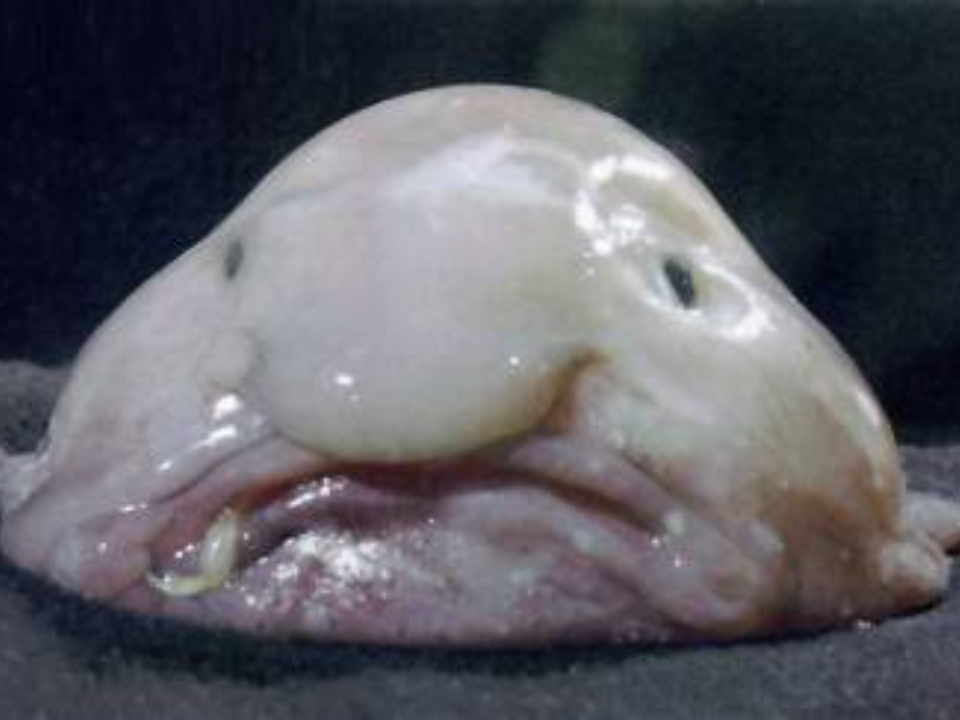
The blobfish, often considered one of the ugliest animals in the world, has an appearance that’s both fascinating and eerie. It resides at depths of up to 2,000 feet, where the pressure is much higher than at the surface. The blobfish has a gelatinous, almost melted appearance, which helps it survive in the deep-sea environment by maintaining buoyancy.
In a science fiction movie, the blobfish could be portrayed as an alien species that thrives in extreme pressure environments, potentially living on a distant planet with similar conditions. Its soft, amorphous body would add an eerie touch to any extraterrestrial creature design.
Star-Nosed Mole
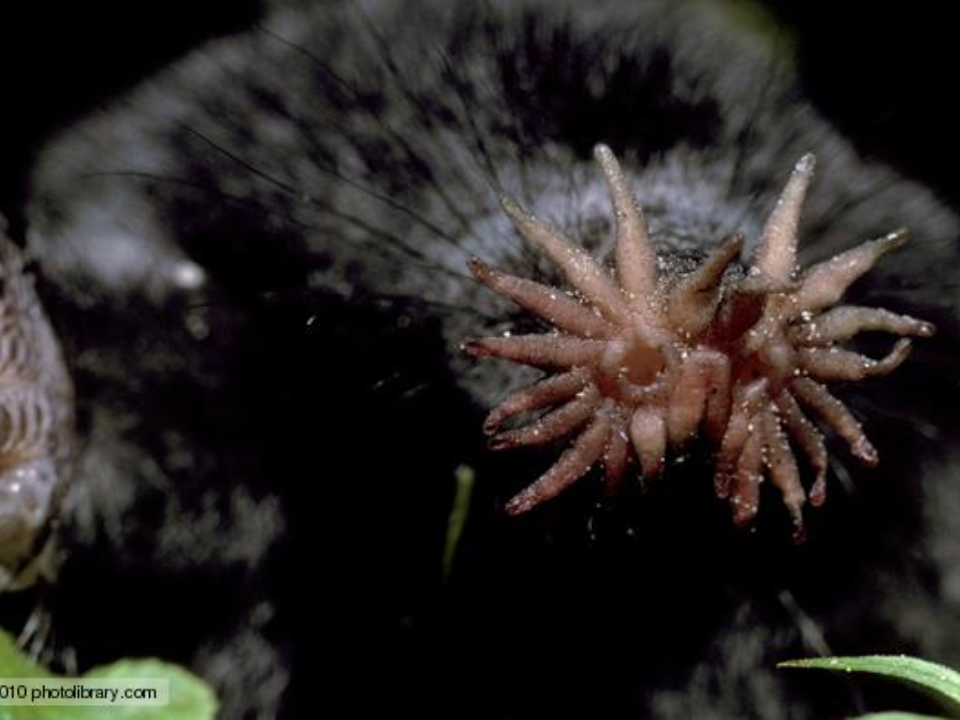
The star-nosed mole is a small, burrowing mammal found in North America, known for its unique star-shaped nose that is covered in 22 fleshy appendages. This unusual feature gives the mole an extraordinary sense of touch, allowing it to detect prey in complete darkness. The mole can identify food faster than most animals, able to process 12 different items in just a few seconds.
In a science fiction world, the star-nosed mole could be envisioned as an alien creature with enhanced sensory abilities, capable of navigating dark, underground environments with ease. Its strange nose could serve as a weapon or tool, providing the creature with the ability to manipulate its environment in fascinating ways.
Horsehair Worm
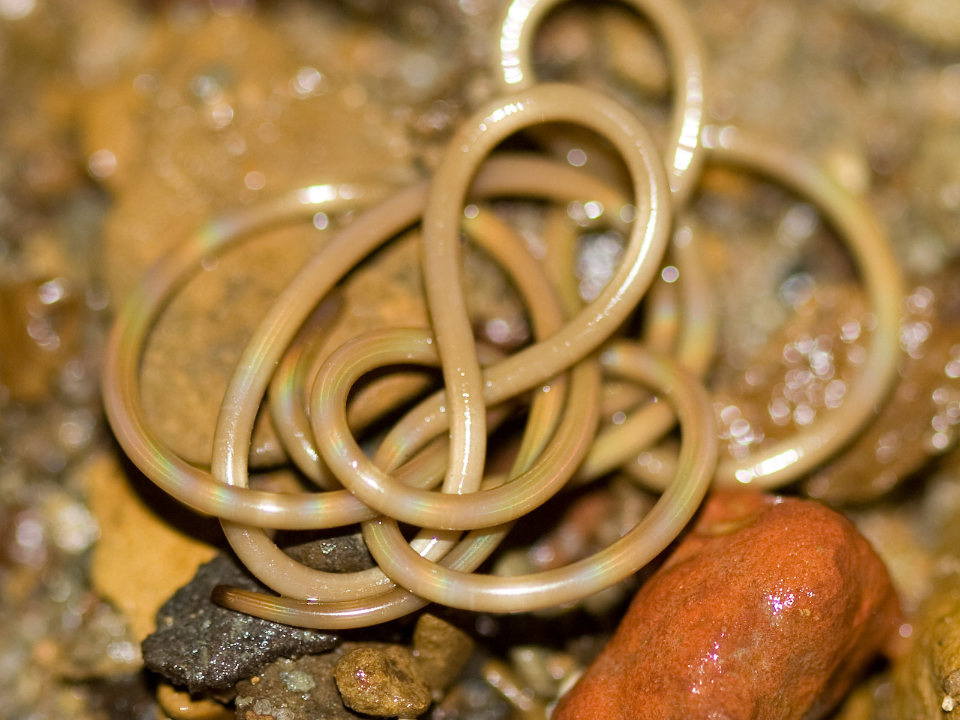
The horsehair worm is an incredibly long, thin parasite that can grow up to several feet in length. It infects grasshoppers and crickets, taking control of their bodies and driving them to drown themselves in water. The worm then emerges from the host’s body to lay its eggs, completing its life cycle.
This parasitic behavior could be the basis of a science fiction horror story, where alien creatures take control of host bodies to further their own reproduction. The horsehair worm’s disturbing life cycle and its control over other creatures make it a prime candidate for exploration in a dark, alien world.
This article originally appeared on Avocadu.
